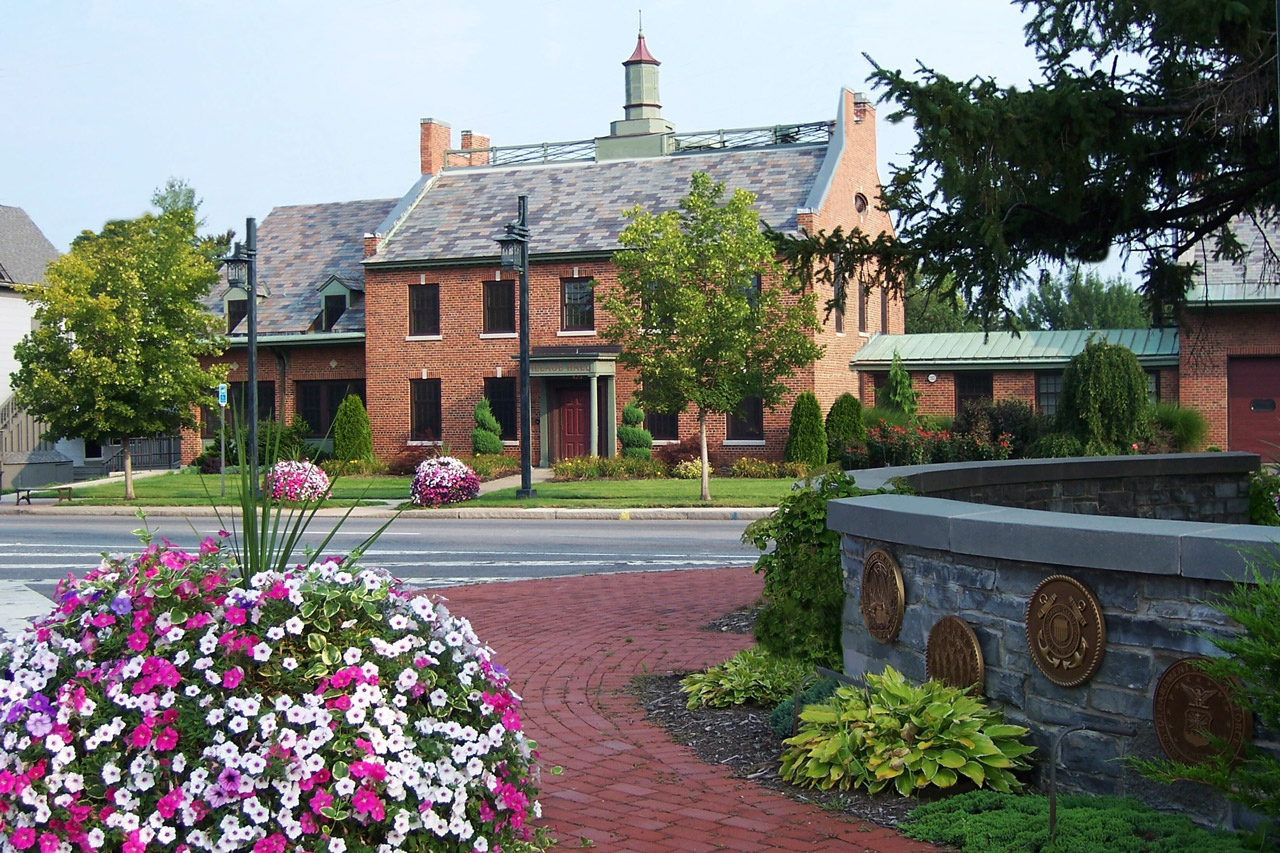“This area is really booming!” as a child of the suburbs, I must have heard it a hundred times. You’d think a cul-de-sac of freshly-mown lawns was utopia.
“I heard they're putting in a new Bed Bath & Beyond!” Really? That’s just spectacular.
If you grew up in mass-produced America, you probably remember the endless strip malls in every direction. The same 100 stores—as generic as possible—boasted decorated windows and low-volume pop music. Once you’ve reached the front of the seemingly endless, baking hot blacktop parking lot, inside each store you’re assaulted by fluorescent lights, the same cheap white vinyl tiles, and freezing cold air—like a hospital. You’ll find cheap goods that, once again, appear in every other of the chain’s stores across the country. And then, once you’re done shopping, you can enjoy your bacon cheeseburger and $2 margarita at [insert name of any fast-casual restaurant].
But beyond the strip malls, the “historic downtown” that once served as the community centerpiece has been reduced to a novelty—or ignored.
I grew up near Fayetteville, New York in the suburbs of Syracuse. Fayetteville’s history is almost as old as America’s. Settlers first arrived in 1792, and the village was officially established in 1844. Fayetteville’s old downtown is the type of village you might see in old Christmas movies—the quintessential small northeastern town.


Burrowed in an evergreen Upstate New York forest and spread across both sides of Limestone Creek, you’ll find beautiful Victorian townhouses, old brick colonial-style storefronts, parks, local bars and restaurants, and, of course, the institutions that once held the community together: a church, a post office, a fire department, a library, a police station, and a town square. But this old community center has been overshadowed by the strip malls. Although the buildings are still there, we cannot return to this town of yesteryear; at least, not in the same way.
Fayetteville is tired. The downtown is no longer a village center of commerce or an area where the community truly comes together. Its churches are under-attended, and its town square is quiet enough to hear a pin drop. Fayetteville, like many other historic towns, has succumbed to the suburbs that popped up around it—a centuries-old tree choked at the roots by 100 spreading commercialist creepers.
This experience speaks to the times. We’ve replaced our deeper, more intimate communities with endless parking lots and hyper-commercialism, all for the sake of ease and familiarity. In the process of making communities global and mercantile, we’ve built a world where humanity and togetherness are left to decay like the “historic” buildings.
Fayetteville was more interconnected in 1844 than today, despite modern communications technology. It was a village where neighbors relied on each other to turn the wheels of their society. It used to allow people the opportunity to live a wholesome, simple life and make an honest living. It used to provide a place for the whole community to come together, either at church for worship or in the town square for summer fun. I hope one day we can get back to this.
Culture is the engine of progress and its counterpart, return. We cannot return to the Fayetteville we knew until we rebuild the community that those old buildings represented: family, friendships, and faith. Of course, this is easier said than done. But glimmers of hope shine through, even today, in Fayetteville and across the country. Millennials and Gen-Z are hungry to revive what was lost by developing new urban and suburban ways of living.
Young urban/suburban people want to visit trendy restaurants and bars in beautiful old buildings. They want to browse little general stores that carry unique local products. They are more concerned with quality and experience than they are with factory-level quantity and rock-bottom prices. They want an atmosphere that is more quaint and beautiful than walking under the hospital-grade lights in Bed Bath & Beyond.
Of course, the tradition they crave is itself being commercialized—for now. But the shift to valuing an experience, searching for quality, and appreciating beauty is a promising sign. Perhaps there is hope for the old town square after all.
Nick Lindquist is a Strategist at Beck & Stone. Born and raised in New York, he now lives in Fort Worth, Texas.